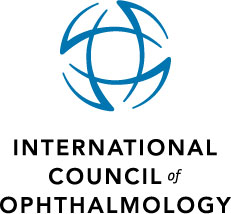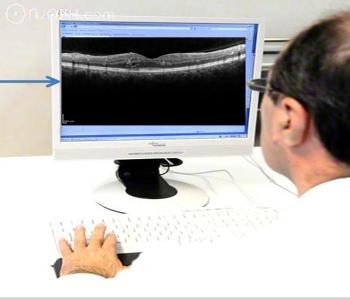| Altered Visual Evoked Potential in Electrically-induced Cataract (VEP) | |
| VEP: decreased amplitude in OS, regular amplitude in OD. Patient: 25 years of age, male, BCVA 0.4 at OD, 0.2 at OS. General Medical History: major electrical injury (3000 V) in July 2013 with skin burns on the face, neck, hand, and inner left arm. Ocular Medical History: 12 months later development of cataract in both eyes with decreased visual acuity. Purpose: to present electrically induced cataract in both eyes induced by high voltage current. Methods: Colour Photography Posterior Pole, VEP. Findings: Colour Photography Posterior Pole: cataractous changes with characteristic anterior subcapsular opacifications. VEP: decreased amplitude in OS, regular amplitude in OD. Discussion: Saffle et al. reviewed patients suffering major electrical injuries. Patients who suffered cataracts were injured with high (greater than 1,000-v) voltage current. All patients suffered true 'entrance and exit' wounds. Cataracts first presented as decreased visual acuity 1 to 12 months postinjury. Electrical cataracts remain a serious potential complication of electrical injury. Literature: (1) Saffle JR, Crandall A, Warden GD. Cataracts: a long-term complication of electrical injury. J Trauma. 1985 Jan;25(1):17-21. (2) Reddy SC. Electric cataract: a case report and review of the literature. Eur J Ophthalmol. 1999 Apr-Jun;9(2):134-8. | |
| Michelson, Georg, Prof. Dr. med., Interdisziplinäres Zentrum für augenheilkundliche Präventivmedizin und Imaging, Augenklinik, Friedrich-Alexander-Universität Erlangen-Nürnberg, Erlangen, Erlangen, Deutschland | |
| H26.2 | |
| Linse -> Trauma (Verletzung) -> Strom-induzierte Linsentrübung und Sehnervschädigung (Farbphotographie hinterer Pol, VEP) | |
| cataracta photoelectrica | |
| 10529 |
|
|||||||||||||||||||
Altered Visual Evoked Potential in Electrically-induced Cataract (VEP)-------------------------- -------------------------- -------------------------- -------------------------- -------------------------- -------------------------- -------------------------- -------------------------- -------------------------- -------------------------- -------------------------- -------------------------- |
|
||||||||||||||||||






